From North to South India, from East to West India, they are used to create flavourful, tangy dishes. In the north, tomatoes are used generously in gravies like paneer butter masala and rajma. In the south, they bring brightness to rasam and tomato rice. In the Eastern states, side dishes like Tomato Bhorta are made using a big helping of fresh tomatoes. And the Maharashtrian Tomato Saar (soup) is a staple made using tomatoes in all seasons.
The acidity of tomatoes balances heavy spices and enhances the overall taste of dishes, making them essential in most Indian households.Tomatoes, originally native to South America, found their way into Indian cuisine through colonial trade routes. And today, tomatoes are truly one of the most versatile ingredients in Indian cooking.
Let’s look at six different varieties of tomato seeds you can grow and harvest this summer season in your kitchen garden.
1. Desi Tomatoes

Desi tomatoes, also called heirloom or native tomatoes, are full of flavour and character. They are typically medium-sized with thin skin, juicy flesh, and a good balance of sweet and sour. Inside, they hold a moderate amount of seeds and pulp.
These tomatoes are rich in vitamin C, potassium, and antioxidants such as lycopene, making them a healthy addition to everyday meals. Their slightly tangy flavour works well in Indian recipes like Tomato Rasam and Sabzi-based gravies.
2. Cherry Tomatoes Red

Red cherry tomatoes are small, round, and full of juice. Their glossy red skin hides a burst of sweetness, making them ideal for raw consumption. The flesh is tender, with a high moisture content and fewer seeds than larger varieties.
These are packed with vitamins A and C, and are perfect for snacking, tossing into pasta salads, or roasting with a drizzle of olive oil. You can also add them to chaat-style bowls for a fresh punch.
3. Beefsteak Tomatoes

Beefsteak tomatoes are the giants of the tomato world. They’re large, slightly flattened, and full of thick, meaty flesh with very few seeds. Their texture makes them ideal for slicing and their mild, sweet flavour suits a variety of dishes.
These tomatoes are ideal for grilled sandwiches, burgers, or hearty tomato-based curries. Nutritionally, they’re high in vitamin C and low in calories - great for heart health and skin.
4. Cherry Tomatoes Yellow

Yellow cherry tomatoes have a sunny golden hue and a milder, almost fruity taste compared to red ones. They’re low in acidity, which gives them a pleasant sweetness and makes them easy on the stomach.
They’re rich in vitamin A and are great for fruit salads, bruschetta toppings, or even Indian-style chaat. These are great for kids and those who prefer less tangy tomatoes.
5. Tomato Moneymaker Round

This classic round tomato is known for its smooth skin and perfectly balanced taste. It has a good amount of flesh and fewer seeds, making it great for slicing or cooking. It’s a reliable variety for home gardeners thanks to its high yield.
Its balanced flavour makes it perfect for everyday cooking - from tomato-based dals to masala sandwiches. These tomatoes are rich in lycopene and potassium, boosting heart and skin health.
6. Tomato Rio Grande Oval

These plum-shaped tomatoes are firm and fleshy with fewer seeds and low water content, which makes them ideal for making sauces and pastes. They have a slightly sweet, concentrated tomato flavour.
They work wonderfully in pizza sauces, pasta bases, and spicy Indian gravies. They're a staple in kitchens that love making their own tomato puree or ketchup from scratch.
Quick Tips for Planting and Growing Tomatoes at Home

-
Sow seeds in seed trays or pots 6-8 weeks before the last expected frost.
- Use well-draining soil rich in organic matter like compost or cow dung.
- Keep them warm - tomatoes thrive in full sunlight (6-8 hours a day).
- Water regularly but avoid overwatering. Keep soil moist, not soggy.
- Stake or cage the plants to support growth as they mature.
- Prune the suckers (extra stems) for better airflow and fruit development.
- Harvest tomatoes once they are fully coloured and slightly soft to the touch.
- Store freshly picked tomatoes at room temperature, not in the fridge.
Next time you are out grocery shopping, bring home some hybrid tomatoes and take a bite alongside the homegrown open-pollinated variety. The difference in taste and texture will be evident. Homegrown tomatoes are fresher, juicier, and packed with more flavour than store-bought ones. When you grow them yourself, you can control what goes into the soil - no chemicals, no pesticides. Plus, the satisfaction of plucking your own ripe tomato is unmatched.
Happy tomato gardening to you this growing season!


 Sign In
Sign In


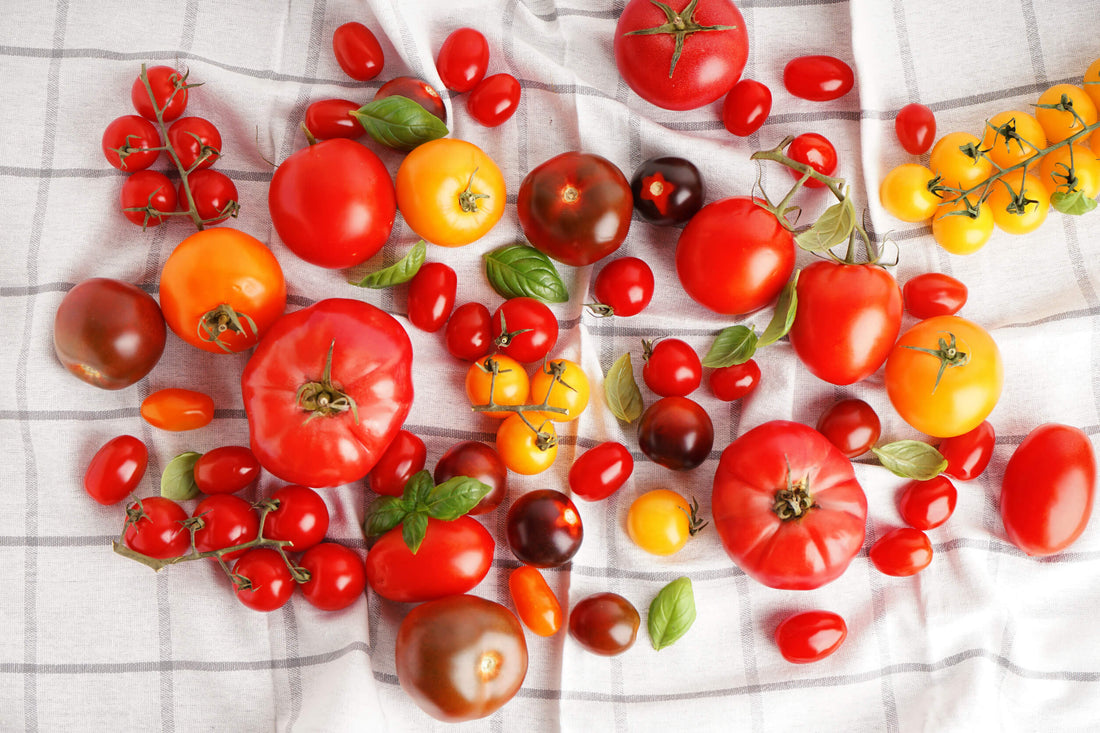
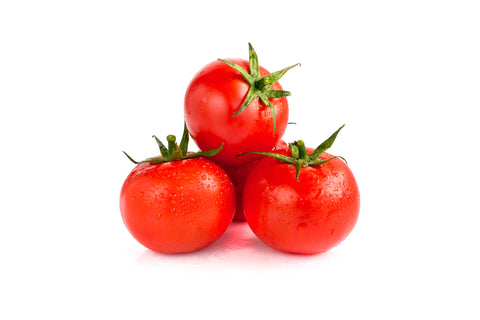
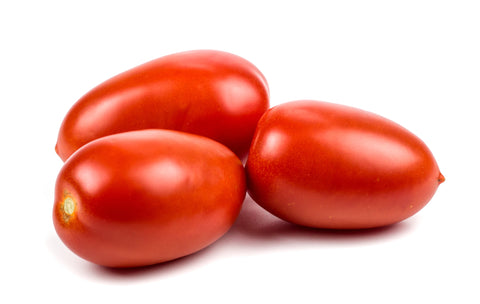
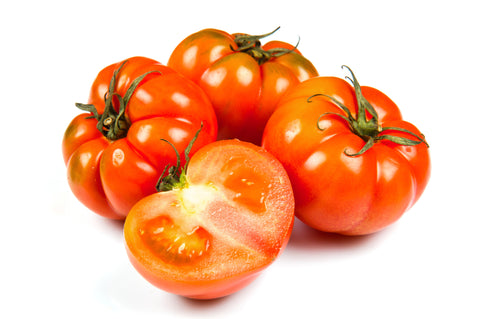
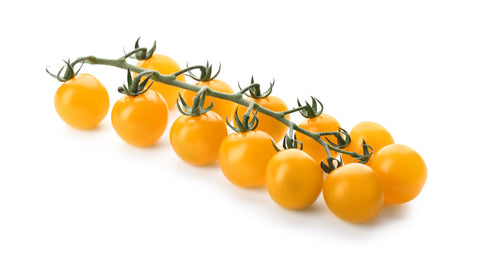
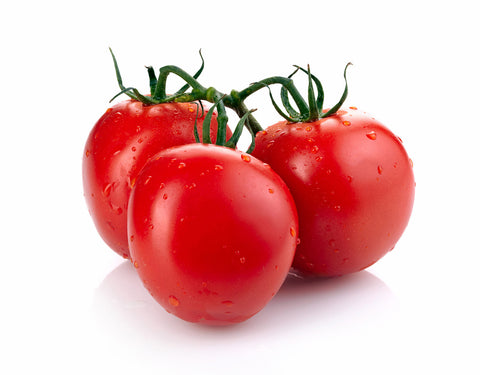
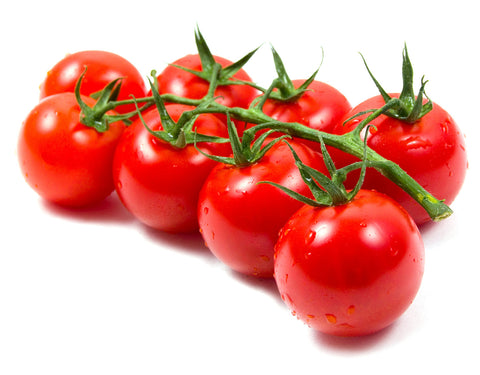






Let us know your feedback
* Comments must be approved before being displayed.